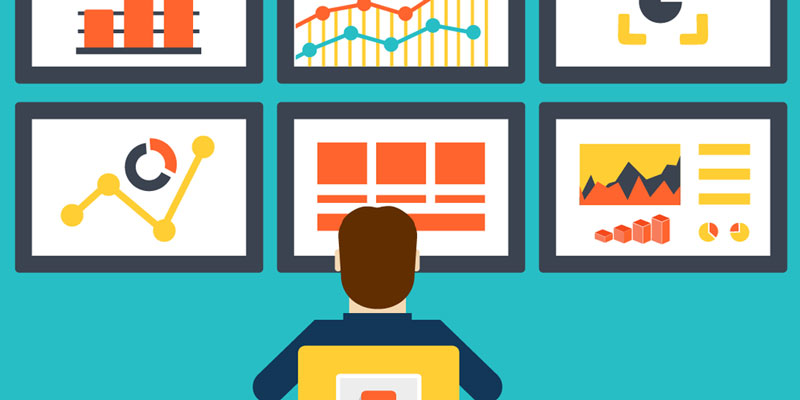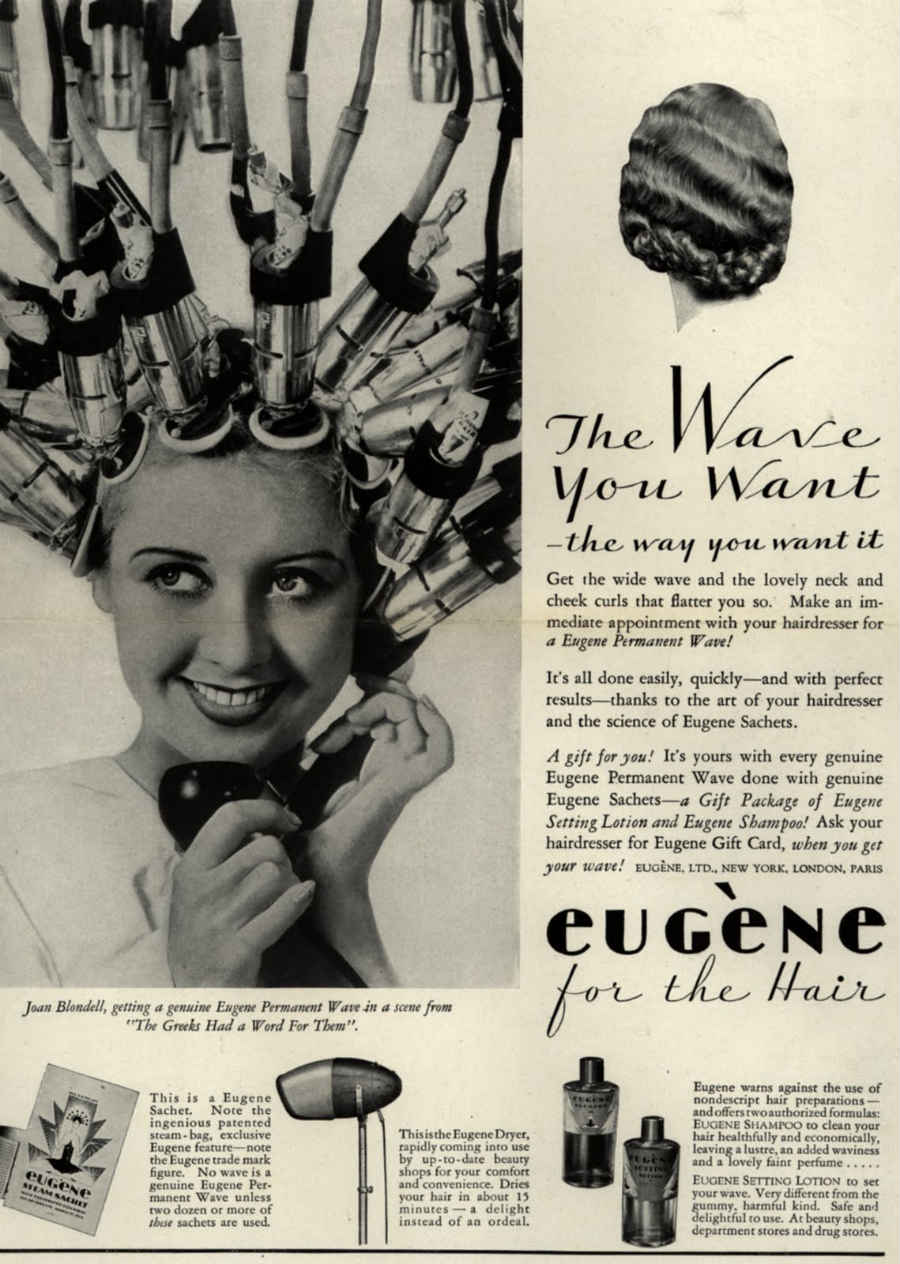 Read
Read
When Bounce Rate, PPV, and Time-on-Site Are Useful Metrics…and When They Aren’t
If you’ve ever spent any time talking to an SEO (or doing SEO yourself), you’ve probably heard about bounce rate, pages per visit, and time on site. Depending on who you talk to, those three metrics are either the life and blood of SEO, or completely useless.
The truth is, the answer lies somewhere in between. Bounce rate, PPV, and time on site are helpful, but they’re not absolutely crucial to the success of your website.
Rand Fishkin is breaking down those terms today. He gets into the nitty-gritty of when you should and should not pay attention to them.
Before we get into it, let’s quickly define those three terms:
- Bounce rate is the average percentage of people who landed on a page and then left your website.
- Pages per visit is the average number of pages people visit when they hit your website.
- Time on site is a really raw, rough metric. It’s basically the average amount of time people spend on your website.
When you shouldn’t use those metrics
- When they’re used to represent “success.” If your conversion actions are based on any of those three metrics, you’re probably missing the mark. Conversion actions should be just that…conversions. Those metrics can influence conversions, but they’re not a conversion themselves.
- When they’re compared against non-relevant sites. Let’s say you come across data about Amazon’s bounce rate. You compare it to yours and see that your bounce rate is wayyyyy higher. That means you’re screwing up, right? Maybe. Probably not, though. Amazon likely has different goals than your website. Unless you’re creating an Amazon competitor, you should ignore metrics from industries that aren’t yours.
- When you’re not considering traffic source. Traffic by source behaves differently. Typically, traffic from social media will have a high bounce rate, but organic traffic has a low bounce rate. Look at these metrics by source.
When you should use these metrics
- When they’re used as diagnostics for the conversion funnel. Remember how we said that these metrics aren’t conversions? That’s true. But, they can influence your conversions.
- When they’re compared over time.
Aaahhh, we’re running out of words here, and we’ve only covered half of it. You gotta read the rest of this for a ton more insight from Rand…
 Read
Read
The Definitive Guide To Leveraging Social Media for Online Sales
The trick to a successful social media campaign for online sales is having a strong presence where your audience is most comfortable. In a relatively loosey-goosey point of view, you’ll more than likely find Gen X’ers on Facebook, Millennials on Instagram, and Gen Z on Snapchat.
Look, all we’re saying is choose wisely when getting into a social strategy. Don’t be throwing spaghetti at the wall like it’s amateur hour. Kissmetrics is breaking down how to use social media to drive sales by finding the right social channels to reach the right people.
1. Use the right social channels to reach your target.
Having an account on every social platform just because you can, isn’t a solid strategy. Don’t do that. Instead, pay attention to the audience characteristics and behaviors within each platform. Then identify your target demographic. Now it’s just a matching game.
2. Use paid promotion and buyable pins to increase sales.
Some go straight to A/B testing, which is a good strategy. Another thought to give a nod to is Pinterest since “93% of users use pins to plan purchases.” Pro tip: Buyable Pins (free to use for approved businesses) prove increased results with objectives to grow sales and new customer acquisition.
3. Leverage emotion to draw customers in.
Did y’all know emotion can boost a repurchase rate by 300%? To add emotion to your strategy, begin with your audience and related milestones. For example, Beats launched a campaign that leveraged “personal accomplishment” and “professional.”
4. Deliver more than a sales pitch before you send yourself into total sabotage.
Invest in the power of curated and original content. Curated content is a time/money lifesaver (see: Daily Carnage, The).
5. Increase revenue through influencer marketing.
Can you imagine driving traffic to your products without writing any smidgen of content yourself? Enter, influencers! But, don’t get discouraged if you have a baby budget. Drop the “influencers are celebrities” thought, and find the person who’s passionate about your industry and already promotes your product (aka micro-influencers). Use influence.co to make your search easier.
In good ol’ Kissmetrics fashion, there’s a gazillion examples to go along with each step, so click through for a deeper dive.
 Watch
Watch
A Coffee with 381 Horsepower
Americans are crazy about drinking beer and watching Monday Night Football. But, did you know that a more committed enthusiast exists? We’re talking about fans willing to rise at the crack of dawn, jersey up, and cheer on their favorite teams playing the “other futball” in real-time.
Toyota tapped into this loyal fanbase with their latest video ad. The brand felt compelled to supply select die-hard soccer fans with a sufficient dose of caffeine to maintain their team spirit throughout the workday.
Toyota took a little journey down to Mexico to collaborate with one of the top coffee producers to spin up a unique blend of joe that matches the power of Tundra. The result? A coffee with 381 horsepower…which we don’t entirely understand but that doesn’t matter. We are fully here for it.
Takeaway and protip: Speak to people who are genuinely passionate about something. There’s a good chance they will have a similar sentiment towards your brand.
“The secret of change is to focus all of your energy not on fighting the old, but on building the new.”
Socrates


